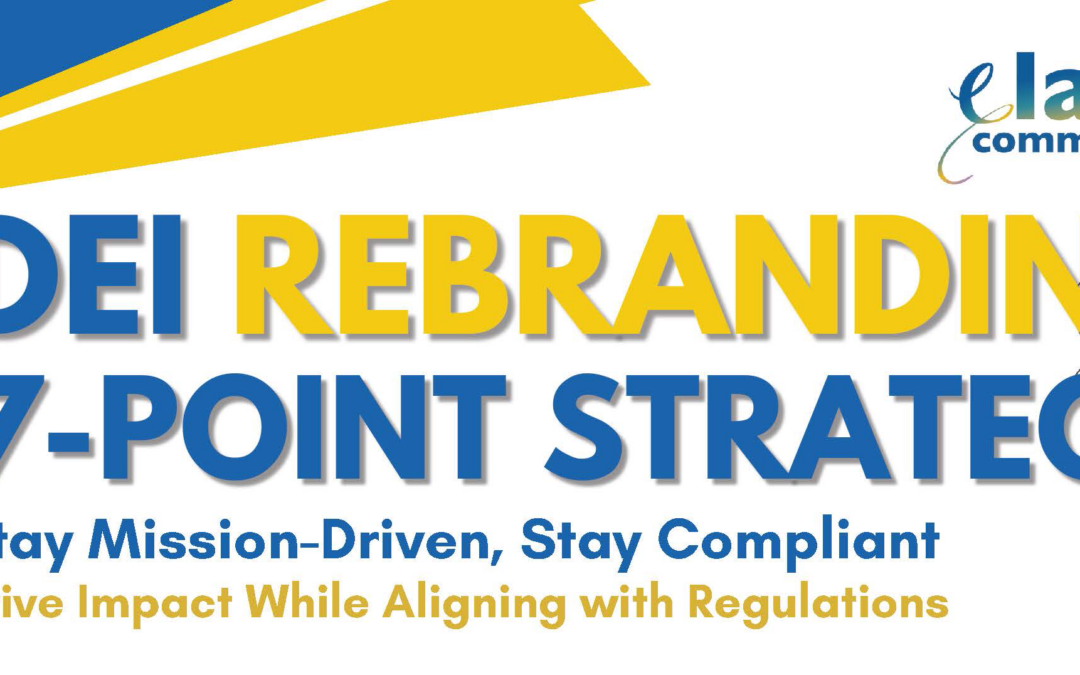Advocacy communications is not just about spreading information; it’s about inspiring action, shaping public opinion, and driving meaningful change. With a strategic and well-executed communications plan, your advocacy efforts can achieve their goals and make a lasting impact on the policy issues that matter most. You can significantly influence policy change through effective advocacy communications strategies by understanding the policy landscape, crafting clear and compelling messages, leveraging multiple communications channels, mobilizing public support, and building coalitions.
Advocacy communications starts with knowing the key players, current regulations, political climate, and potential impact of proposed changes. A thorough analysis helps in crafting messages that are relevant and compelling to policymakers and stakeholders. One of the primary benefits of advocacy communications is its ability to educate the public about complex policy issues. By breaking down complicated topics into clear, relatable messages, policy advocates can increase general awareness of the issue; help people understand why the policy matters and how it affects them; counter misinformation with factual, evidence-based information; and frame the issue in a way that resonates with target audiences.
To get started with advocacy communications, clearly articulate the problem that your efforts address and present a viable solution. Use data, case studies, and real-life examples to illustrate the urgency and importance of the issue. Personal stories and testimonials make your message more relatable and impactful. Highlight how the issue affects people in their daily lives. This humanizes the issue and makes it more compelling to policymakers and the public.
Collaborations enhance your reach and influence by pooling resources and expertise. United voices are often more powerful and persuasive than a single entity, so form coalitions and leverage networks with other organizations and groups that share your goals, including advocacy groups, nongovernmental organizations, and community organizations. These groups can amplify your message and mobilize their members to support your cause. Grassroots campaigns also generate widespread public support for your advocacy issue. Encourage people to participate in activities such as signing petitions, attending rallies, and contacting their representatives. Grassroots movements demonstrate to policymakers that there is significant public backing for the issue.
To maximize reach and impact, advocacy communications should leverage multiple channels, such as traditional media, social media, and direct communications with policymakers through meetings, presentations, and briefings. Personal interactions are highly effective in conveying your message and building relationships with key decision-makers. News releases, op-eds, and interviews are effective ways to gain media coverage and influence public opinion. Social media platforms are also powerful tools for advocacy, and they allow you to reach and engage with a large audience quickly. Identify and engage influencers who can help spread your message. They can include respected figures in the community, industry experts, and social media personalities. Their endorsements can significantly increase the visibility and credibility of your advocacy issue.
Advocacy communications is an indispensable tool for driving policy change. It is about amplifying voices and creating a better future. Implementing advocacy communications effectively requires a strategic approach and a commitment to engaging and mobilizing supporters. By building public understanding, influencing key stakeholders, shaping narratives, overcoming opposition, and showcasing impact, you can move the needle on important policy issues and drive meaningful change.
.









